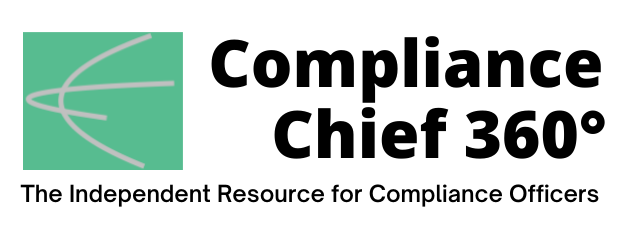
GUEST BLOG
Effective due diligence is critical to establishing relationships with customers, suppliers, and other third-parties that drive strong revenue generation.
How can businesses, including banks and finance companies, balance effective anti-money laundering (AML) efforts, know your customer (KYC) workflows, customer due diligence (CDD), and third-party risk rating workflows with the levels of efficiency that today’s competitive market and contentious geopolitical climate demand?
The answer can be found through automation. Automating critical due diligence activities helps center a financial compliance program at the intersection of efficiency and effectiveness.
Converging Challenges Are Complicating Compliance
Businesses are dealing with a convergence of due diligence challenges stemming from digital acceleration, geopolitical volatility, and renewed regulatory focus. Resource-strained compliance teams also face increased budget scrutiny as the global economic outlook increasingly reflects inflation pressures, supply chain problems, and the impact of Russia’s invasion of Ukraine.
Regulators and enforcement agencies are also increasing activity levels. Enforcement actions from the Financial Crimes Enforcement Network (FinCEN), for example, were edging back up in 2022 and some recent fines are retroactive. FinCEN is showing little tolerance for anti-money laundering programs that do not pair business growth with compliance capabilities.
Zero tolerance equally characterizes today’s digital consumers whose expectations for instant transactions are at an all-time high. Due diligence delays and productivity lags at onboarding can quickly add up to consumer abandonment and lost revenue.
The unprecedented volume, velocity, and scope of sanctions and regulatory actions stemming from Russia’s invasion of Ukraine add another layer of complexity and resource demands to due diligence workflows. It is an understatement to say doing much more with less is turning into a daily compliance struggle for many organizations.
The Marriage of Efficiency and Effectiveness
An efficient due diligence workflow is meaningless if it doesn’t underpin a highly effective, risk-based approach to compliance. However, effective due diligence shouldn’t erode the speed of day-to-day business operations or customer experience. There are many ways automation can help answer the efficient and effective conundrum.
Automation tools and technologies, such as application program interfaces, machine learning, and artificial intelligence, can help accelerate risk assessment and decisions at key points in due diligence workflows. It is important to evaluate the operational advantages a business can achieve with automation within the framework of regulatory requirements and expectations. These include:
- Automating the collection of the documentation needed during onboarding. This reduces workflow delays while also contributing to effectiveness by raising the level of process consistency and providing a way to record and prove the collected documents as needed.
- Automating AML and KYC screening enables a business to prioritize accounts that need further investigation or enhanced due diligence and provides a higher level of traceability to help demonstrate the effectiveness of risk-based policies.
Automation helps businesses segment workflows more effectively. Organizations can redeploy human capital resources to focus on higher value compliance decisions and activities by automating more routine due diligence processes.
Finding Balance on the Risk/Control Continuum
Digital acceleration and today’s rapidly evolving regulatory climate are creating dynamic due diligence risks. Static due diligence approaches, siloed functions, and disparate data limit an organization’s ability to outpace risk. Missed status changes in customer and supplier relationships can be detrimental in today’s real-time economy.
Leveraging automation to support a continuous approach to risk-based due diligence helps better align enterprise resources to support the execution of internal policies around customer risk rating and ongoing monitoring. Automation facilitates the ability to capture a more holistic and end-to-end view of due diligence risk that enables an organization to responsively manage the inherent customer and supplier risks in a controlled framework. The technology fueling automation also underpins improved compliance effectiveness by providing a clear framework to document, demonstrate, and defend compliance policies and risk controls.
Using automation to integrate due diligence intelligence across core enterprise processes delivers time savings and cost efficiencies while contributing to a more responsive compliance program.
Perfecting the efficiency and effectiveness equation can result in a due diligence workflow that respects an organization’s risk appetite and reflects evolving market and regulatory realities. ![]()
Camilla Yellets is director, financial crime compliance, at LexisNexis Risk Solutions.


Great post! It highlights how automating due diligence processes can significantly enhance both compliance efficiency and effectiveness.